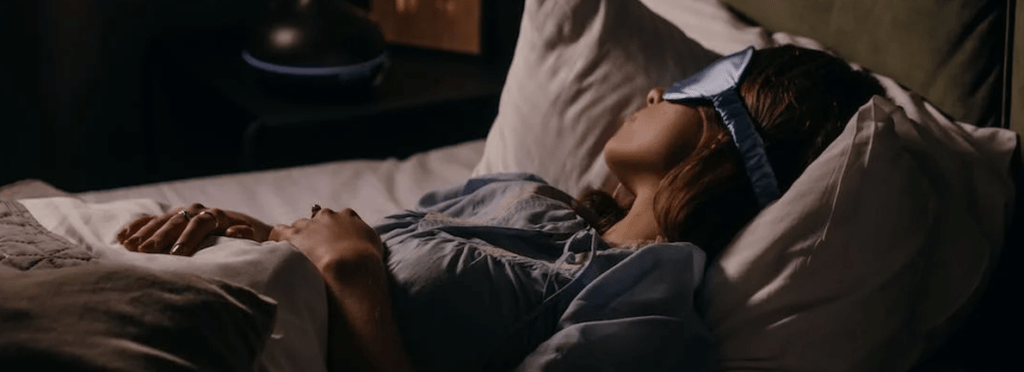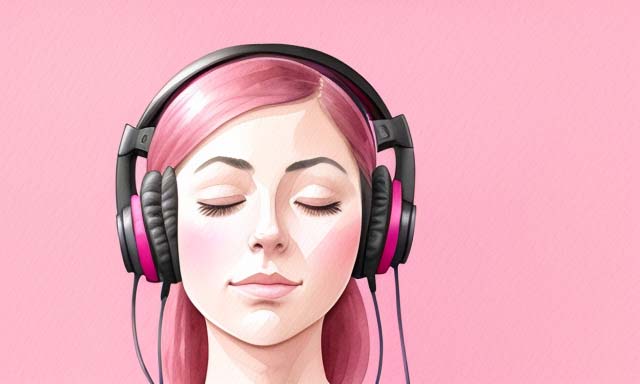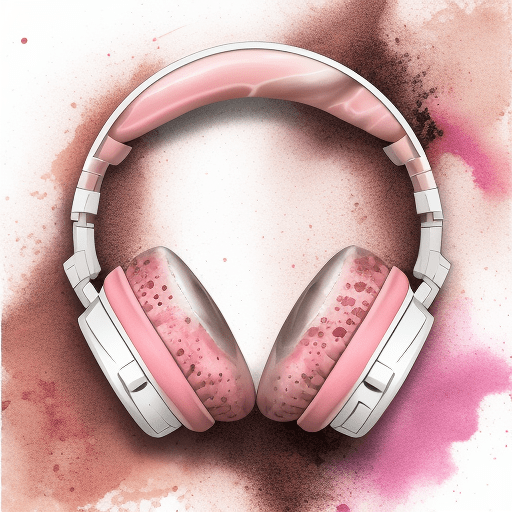At The Ambient Sound Lab, we develop therapeutic audio tracks using a blend of a different noise channels. Primarily, the sound frequencies in these channels fall into groups which we call White, Pink, and Brown noise.
While you may not necessarily need to know the reason why these sounds can help you sleep better, calm your mind, block out distractions, or meditate, some can’t help but ask, “what’s the difference?“
When it comes to understanding the different types of noise and how each one can benefit you personally, it helps to remember that all sounds are vibrations. We distinguish white, pink and brown noise by the frequencies at which they vibrate.

White Noise
White noise is the name given to a spectrum of noise that contains all frequencies of audible sound in equal measure. The sound closely resembles the static from an untuned radio or TV.
The broadband frequencies may be a bit harsh on your adult ears, however babies hear the world a bit differently as their ears haven’t fully developed, and many parents find white noise is an incredible aid for putting a baby to sleep.
Pink Noise
Similar to white noise, pink noise is a broadband sound spanning the sound spectrum. Pink noise has a lower pitch than white noise, mimicking the sound of a waterfall. Studies have found that pink noise can enhance deep sleep in older adults and improve cognitive performance.
Pink noise also has great noise-cancelling properties that make it great for tuning out unwanted background noises.
For many, pink noise is the go-to sound for improving focus at work, school, home, or just to relax.
Brown Noise
Noise that falls into this spectrum sits in a lower frequency range than white or pink noise. Because of that, brown noise has a deeper, darker tone than the others.
Sometimes called red noise, the low rumbles from brown noise provide a soothing soundscape perfect for meditation, relaxation, and improving focus.

Which one is right for you?
Everyone has their own preferences when it comes to which noise helps them the most.
Some find white noise to be too harsh, and opt for the more full-bodied pink noise. Alternatively, a brown noise may not have the right amount of higher frequencies to mask out some of the distracting background sounds and go with a white or pink noise. It’s up to you!
What do you use white, pink, or brown noise for, and what type do you typically choose? Let us know!






